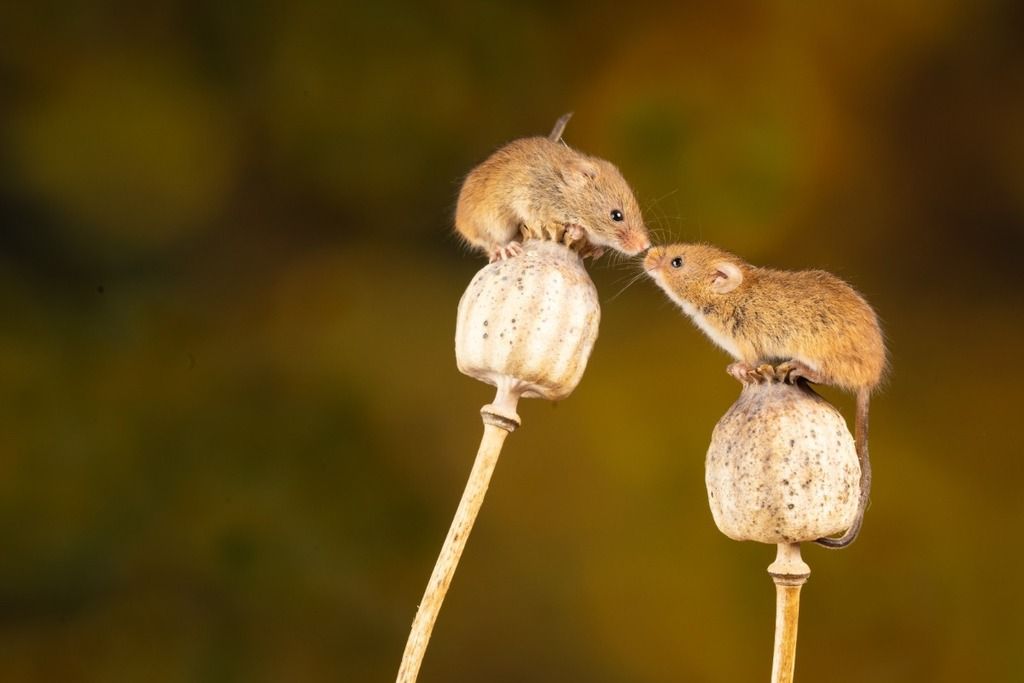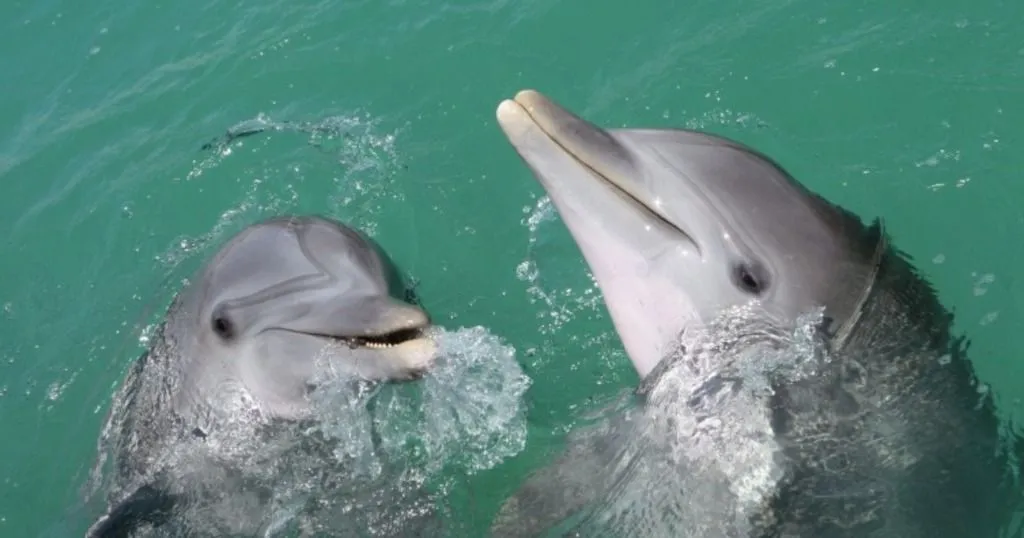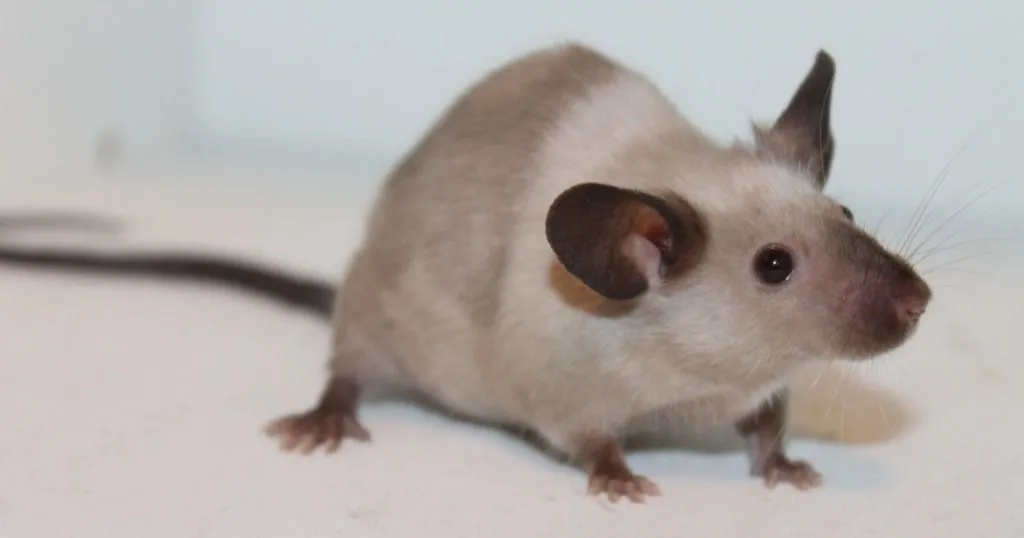Sunshine and romance: ultraviolet light enhances sexual behavior
Ultraviolet B rays in sunshine enhances our romantic passion. How this actually works is still largely unknown. Research at the Tel Aviv University provides new insights.
Posted by
Published on
Mon 13 Sep. 2021
Topics
| EthoVision XT | Mice | UltraVox XT | Video Tracking |

Sunshine makes me happy. And apparently, it also makes us romantic. Maybe that is why sunny afternoon strolls are part of so many romantic movies… Well, unlike many things that only happen in movies, sunlight enhancing romance is a scientific fact.
It’s the UV
So, it’s the sun that makes us all lovey-dovey? It is actually the ultraviolet (UV) light that makes us act this way. It enhances our romantic passion. How this actually works in our body is still pretty unclear, but we do see a lot of similarities in other species. A group of researchers at the Tel Aviv University, Israel set out to investigate. Their results were recently published in Cell Reports.
How our skin dictates our behavior
The UV light in sunshine affects the production of hormones and our behavior. Researchers found specifically UVB rays are responsible for this.
While our skin is often the target of hormones, it is also a source of hormones. In this way, it is implicated in sun-addiction and stress-related behaviors, and it is fair to assume it also plays a role in social, sexual, and reproductive behavior.
How it is regulated
Triggered by UVB exposure, the skin signals the brain: the hypothalamus and in turn the pituitary gland. They produce hormones that activate the male testicles and female ovaries to produce sex-steroids like testosterone, estrogen, and progesterone. During pre-ovulation female sexual behavior changes, and males are more attracted to their scent and facial appearance.
Mouse test
The researchers from the Tel Aviv University wanted to know more about this mechanism and tested a group of mice. They were partially shaven to take away their ‘natural sunscreen’ and got a daily UVB radiation dose similar to 20-30 minutes of midday sun.
There were no acute results, but over time blood samples showed a chronic upregulation of estrogen, androgen, estradiol, progesterone in female mice and estradiol, testosterone, and estrogen in male mice.

Mice and mating behavior
They continued by studying the romance between mice: mating behaviors sniffing, self-grooming, intromission, lordosis, and ejaculation were measured. It turns out that males were more attracted to UVB exposed females and also more successful in mating with them. These females (all in their estrus/proestrus stage) were also more receptive.
Scream for love: ultrasonic vocalizations
Mice talk, but we cannot simply hear the ultrasonic frequency they converse at. So, using UltraVox XT, these vocalizations were recorded. Male mice dominated the conversation: call duration and frequency were significantly higher when these males were matched with UVB treated females. This confirms the behavioral findings.
Perfume or love: does partner smell matter?
The next question was what actually attracts mice to each other. Is it just behavior or do they also like the way their partner smells? Researchers conducted a three-chambered test with EthoVision XT video tracking to find out.
A subject mouse was free to explore three adjacent chambers, the outer two each held one wired cage each containing a mouse of the opposite sex: one UVB treated and one untreated.
When given a direct choice, males were again clearly more attracted to the UVB treated females. Interestingly, the opposite was not true. UVB exposure did not make a male more attractive for females. However, it did seem that the UVB exposure increased overall social behaviors in both male and female subjects.
The ‘sun-gene’
One question remained: what makes the skin set all of this in motion? These researchers found the answer: A transcriptor gene regulates this process: “p53” found in skin cells. When this gene was knocked out in a group of mice, the effect of the UVB exposure on both hormone levels and behavior disappeared.
Sunshine makes the heart grow fonder
Mice are not men. So how do these results compare to our human love story? A cohort of human patients underwent sessions of phototherapy and were asked to fill out a questionnaire before and after, to measure “passionate love” and “longing for each other”.
After a good dose of sunshine, men reported to have more obsessive thoughts about their loved one, yearn to learn about this person and have more desire for affection from this person. Women scored higher when they were asked if their partner is the perfect romantic partner and they had a higher physical response when they touched that person.
Skin color and testosterone
Researchers were also able to recruit human volunteers for blood sampling and found an increase in sex hormones in both men and women after sun exposure, similar to the results obtained from the mouse study.
In addition, other samples from health services indicated that men have a significant peak in testosterone during the summer, and revealed that skin coloration actually correlates with the amount of testosterone found in these samples taken during the summer, but not in the winter months.
Discover something new
This study took an elaborate look at how sunshine sets a hormonal pathway in motion and affects romantic/sexual behavior, and gave more detail on how this mechanism works. Its role in our romantic happiness, or more specifically, how our body makes this happen.
The discovery of the involvement of the p53 gene, as well as the details of this causal mechanism will hopefully prove useful in the treatment of sex-hormone-related dysfunctions in humans in the future.
References
- For more research from the group at the Tel Aviv University, visit their website.
- Parikh, R.; Sorek, E.; Parikh, S.; Michael, K.; Bikovski, L.; Tshori, S.; Shefer, G.; Mingelgreen, S.; Zornitzki, T.; Knobler, H.; Chodick, G.; Mardamshina, M.; Boonman, A.; Kronfeld-Schor, N.; Bar-Joseph, H.; Ben-Yosef, D.; Amir, H.; Pavlovsky, M.; Matz, H.; Ben-Dov, T.; Golan, T.; Nizri, E.; Liber, D.; Liel, Y.; Brenner, R.; Gepner, Y.; Karnieli-Miller, O.; Hemi, R.; Shalgi, R.; Kimchi, T.; Percik, R.; Weller, A.; Levy, C. (2021). Skin exposure to UVB light induces a skin-brain-gonad axis and sexual behavior. Cell Reports, 36, 109579.
Related Posts

Classical music affects affiliative behaviors in bottlenose dolphins
Zebrafish attracted to superfish: video tracking sex differences in shoaling
